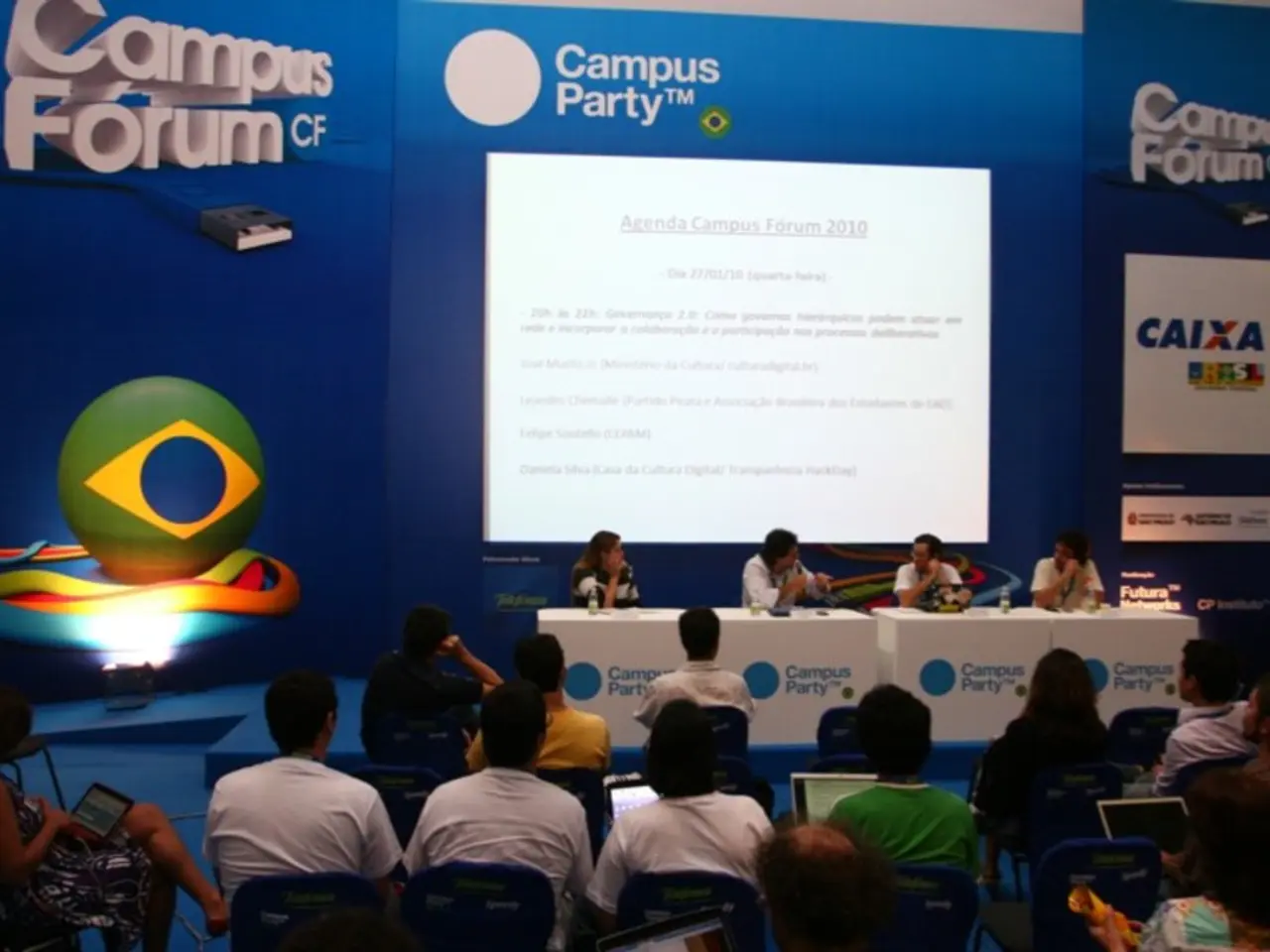Bangladesh and China are set to bolster cooperation in the semiconductor sector.
In a significant stride towards technological advancement, the Hubei Semiconductor Industry Association and the Bangladesh Semiconductor Industry Association (BSIA) signed a Memorandum of Understanding (MoU) in Dhaka on August 24, 2023. This agreement marks the beginning of a new era of academic, technological, and industry-level collaboration between the two countries.
The event was marked by the presence of Professor Wei Liu, the chairman of the Academic Committee, School of Integrated Circuits at Wuhan University and the vice president of the Hubei Semiconductor Industry Association. Professor Liu, who is also known for his work in the Optical Valley of China, spoke at the event and highlighted the advantages of collaboration.
Hubei province, one of China's most advanced regions in the semiconductor sector, will provide assistance in chip design and semiconductor manufacturing in Bangladesh. The Vice President of the Hubei Semiconductor Industry Association plans to bring some of the association's members to Bangladesh to explore opportunities in joint ventures and training.
The MoU involves cooperation in semiconductors, optical technology, and higher education between Bangladesh and China. This collaboration is expected to significantly boost Bangladesh's semiconductor industry, which currently sees annual design services exports below $10 million.
China's semiconductor industry has been growing at a rapid pace. In 2022, China accounted for 16% of global chip production, ranking third worldwide with a market share of 7%, up from 5% in 2020. In 2023, China's semiconductor industry generated $179.5 billion in revenue, with a projected growth at a 7.31% Compound Annual Growth Rate (CAGR) through 2027.
MA Jabbar, president of the BSIA, expressed enthusiasm for closer cooperation with China, believing it could lead to rapid technological and industrial growth in Bangladesh. The BSIA has recently unveiled an ambitious plan to boost semiconductor exports to $1 billion by 2030, with a focus on workforce training and policy support.
The collaboration between the two countries offers opportunities not only in technology exchange but also in engineer training and academic collaboration. With semiconductor-related positions being highly competitive in China, this partnership could provide Bangladesh with a unique opportunity to tap into this competitive landscape.
MA Jabbar, who is also the managing director of DBL group, emphasised that Bangladesh's greatest advantage lies in its large pool of human resources. Professor Liu echoed this sentiment, stating that the collaboration could lead to significant growth for both countries, particularly for Bangladesh, given its potential workforce.
This partnership is a testament to the growing relationship between China and Bangladesh, and it is expected to have far-reaching implications for the semiconductor industry in both countries. With the potential for joint ventures, training, and academic collaboration, this MoU could pave the way for a brighter future in the semiconductor sector for Bangladesh.
Read also:
- Understanding Hemorrhagic Gastroenteritis: Key Facts
- Trump's Policies: Tariffs, AI, Surveillance, and Possible Martial Law
- Expanded Community Health Involvement by CK Birla Hospitals, Jaipur, Maintained Through Consistent Outreach Programs Across Rajasthan
- Abdominal Fat Accumulation: Causes and Strategies for Reduction








